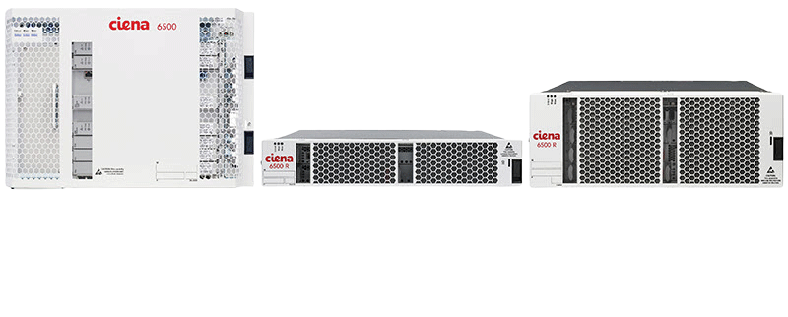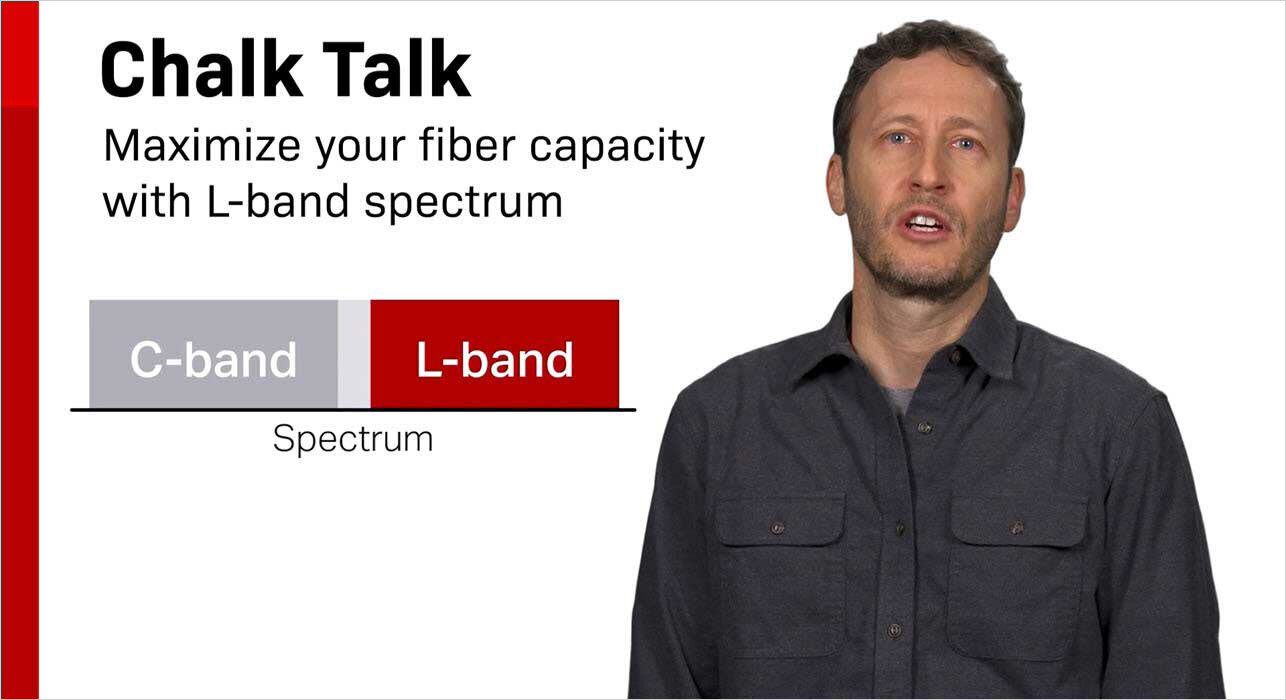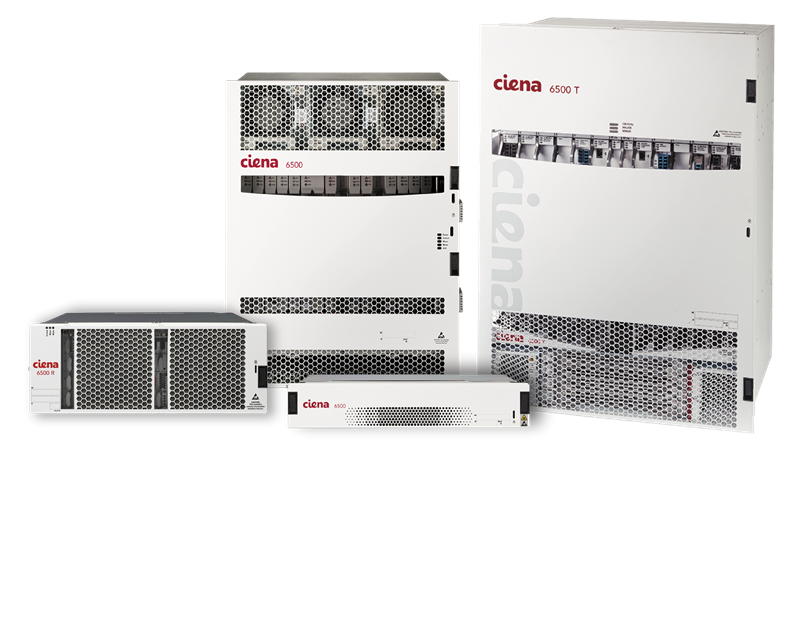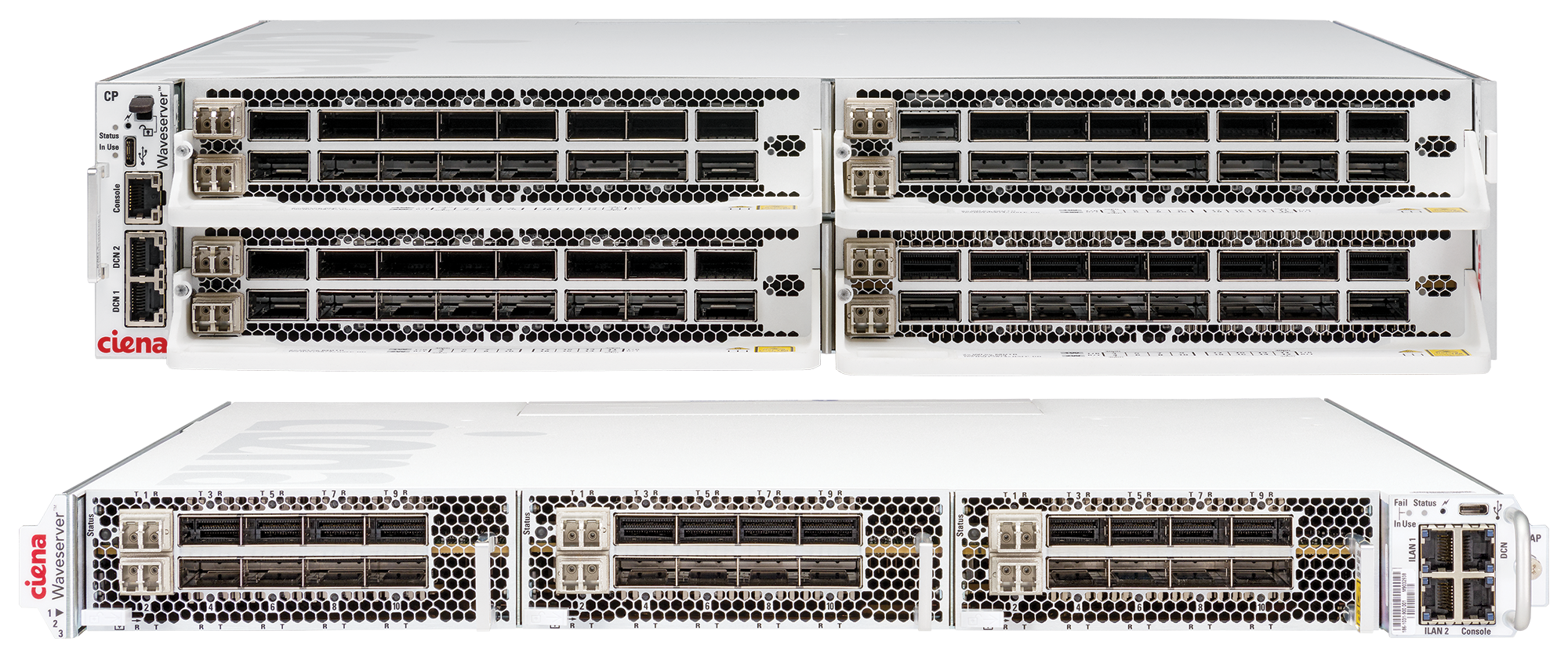
6500 Reconfigurable Line System
If you’re a network operator trying to manage bandwidth-intensive applications—like connecting data centers, increasing capacity on submarine cables, or building out 4G/5G wireless infrastructures—your network must be ready to adapt to changes. You need to get more out of your photonic line system. More scale. More density. More programmability. All while taking up less space.
The 6500 Reconfigurable Line System (RLS) is a compact, simple-to-deploy, photonic layer solution that improves scalability, reduces footprint, and offers more flexibility and programmability. You can quickly react to unpredictable traffic requirements by easily scaling nodal connectivity and wavelength add/drop capacity with its highly dense ROADM and amplifier configurations. And with 6500 RLS, increasing fiber capacity with the L-band is just as easy as lighting the C-band—you get double the fiber capacity with no impact to existing, in-service C-band traffic.
Features and benefits
-
Automate optical networking through a modern photonic line software architecture designed for deployments at scale
-
Access full efficiency benefits of the optical layer with operational simplicity and predictable performance
-
Efficiently scale to meet your highest capacity network requirements with an optimized, ultra-dense photonic layer
-
Conserve space by reducing footprint as much as 70 percent compared to traditional chassis-based systems, with a modular and compact form factor
-
Simplify deployment, operation, and troubleshooting with built-in tools like Zero-Touch Provisioning (ZTP), network auto-discovery, and real-time network monitoring and visibility
-
Double your fiber capacity with the simplest upgrade to L-band
Network applications
Long-haul networking
- Easily provision or reconfigure services across a flexible ROADM-based network designed to support any generation coherent technology
- Get massive scalability for your largest DCI deployments with an optimized C&L-band architecture
- Improve photonic system performance with Raman amplification by supporting longer spans, higher capacity, and/or greater reach
Metro DCI
- Reduce cost per bit with fixed-grid filters optimized for your choice of coherent optics
- Accelerate deployments with an automated operational model
- Reduce footprint with highly dense, compact form-factors that scale to cover your smallest and largest site
Resilient, automated networking with L0 Control Plane
- Simplify and automate wavelength turn-up and management
- Improve network survivability with a field-proven, Layer 0 intelligent control plane
- Rapidly adapt to problems, outages and other issues that could adversely affect your network’s performance
Double fiber capacity—the easy way
- Eliminate the need for L-band upgrade amplifier site visits with an integrated C&L-band amplifier architecture
- Easily expand into the L-band with no impact to existing, in-service C-band traffic by leveraging built-in ASE noise loading
- Eliminate additional planning or engineering for L-band with stable, optimal performance intelligently maintained across the full life of the system
Insights
White Paper
Zero-trust optical transport: A tiered architecture for metro network resilience
Unlock uninterrupted metro performance with Microsoft and Ciena. Discover a zero-trus...
DownloadVideo
Chalk Talk: Maximize your fiber capacity with L-band spectrum
In this Chalk Talk, Paul Chedore, Photonic Systems Architect, provides a detailed com...
WatchApplication note
Simplifying Optical Networking through Adaptive, Ultra-dense Photonic Solutions
Bandwidth demands are exploding in a variety of applications, and network operators a...
DownloadData sheet
6500 Reconfigurable Line System
The 6500 RLS empowers network operators to efficiently address the highest-capacity n...
DownloadWhite Paper
Increasing Fiber Capacity with L-band: A comparison of three options
Networks with high bandwidth applications and sustained bandwidth growth are quickly ...
Download6500 RLS integrated C&L-band architecture
With Ciena’s integrated C&L-band solution, adding wavelengths to the L-band is just as easy as lighting the C-band. You get double the capacity, with no headaches. No complex re-engineering or re-balancing of the line system. And most importantly, no impact to existing C-band channels.
Want to learn more? Click through the steps below to see a sample installation from the initial deployment to growing traffic in the C- and L-bands.
Related solutions
Solution
Data center interconnect
Unlock efficiencies with global data center interconnect to cut power use, scale AI, ...
Learn moreSolution
High-capacity switching and transport
Deliver more capacity, faster, stretching existing fiber assets through the power of ...
Learn moreSolution
Metro optical architectures
Create opportunities for new services with a programmable, easily configurable metro ...
Learn more






